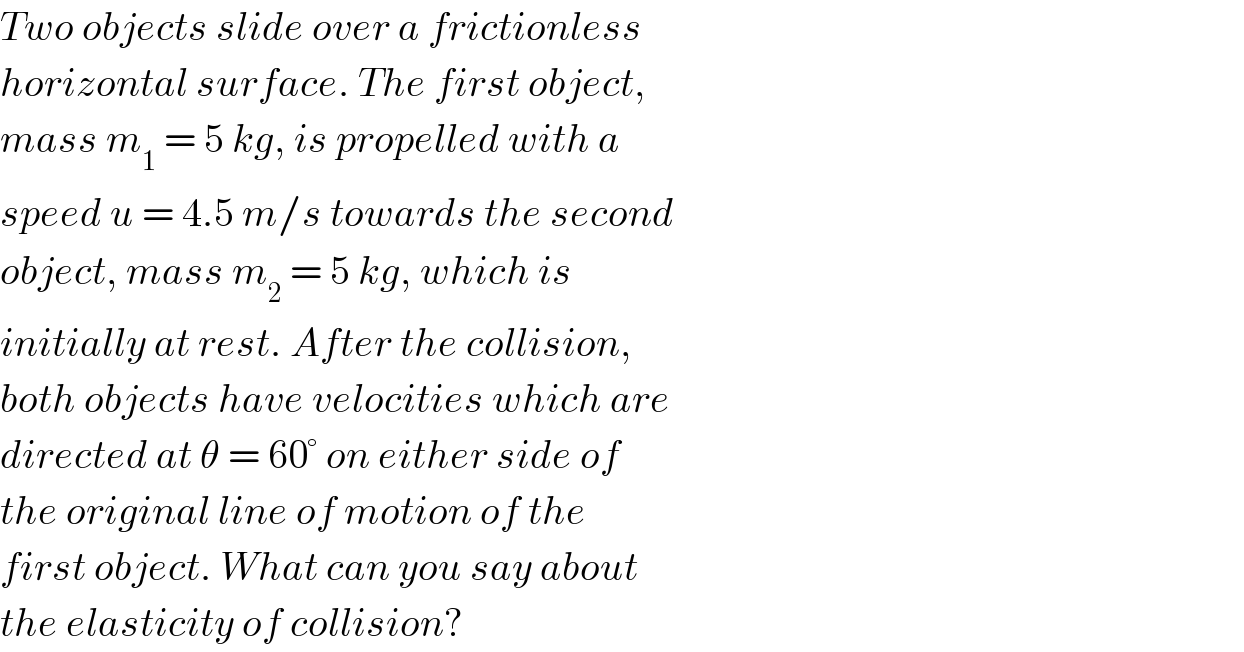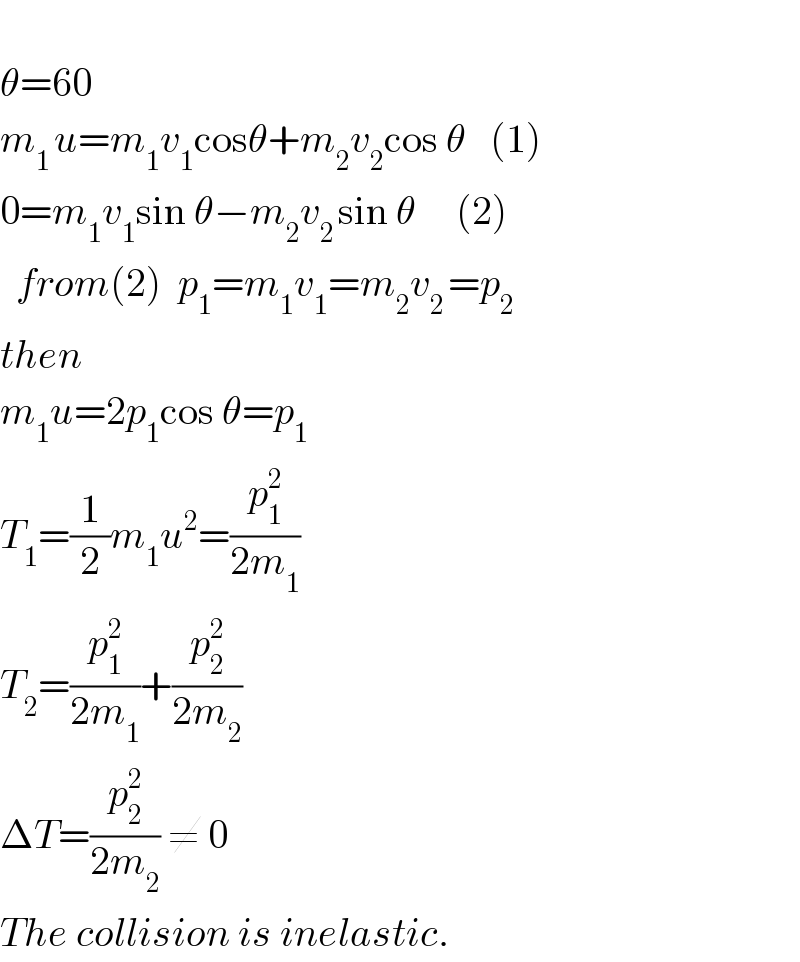Question Number 25058 by Tinkutara last updated on 02/Dec/17

Answered by jota+ last updated on 05/Dec/17

Commented by jota+ last updated on 05/Dec/17

Commented by Tinkutara last updated on 05/Dec/17

Commented by Tinkutara last updated on 05/Dec/17

